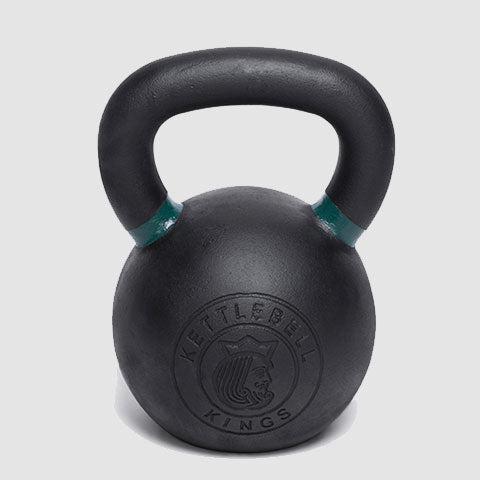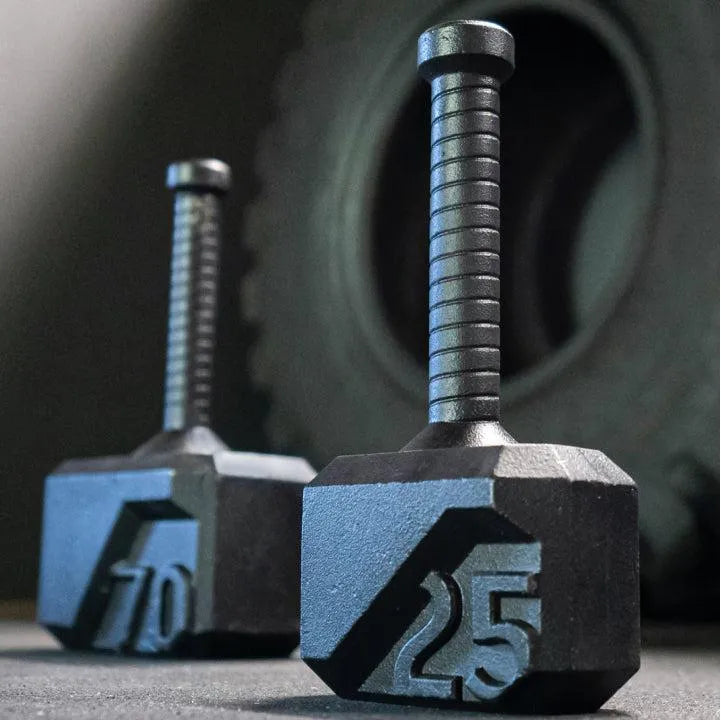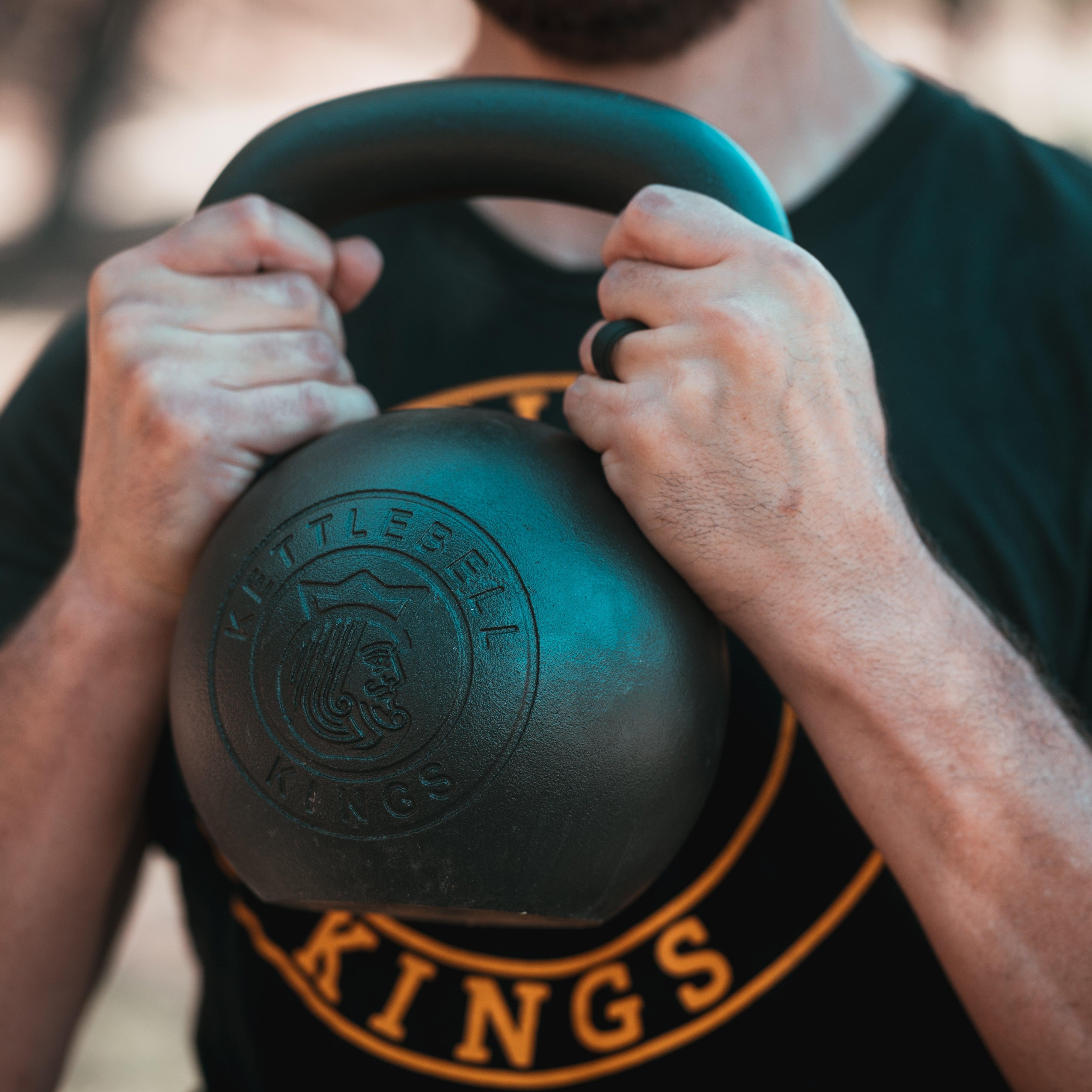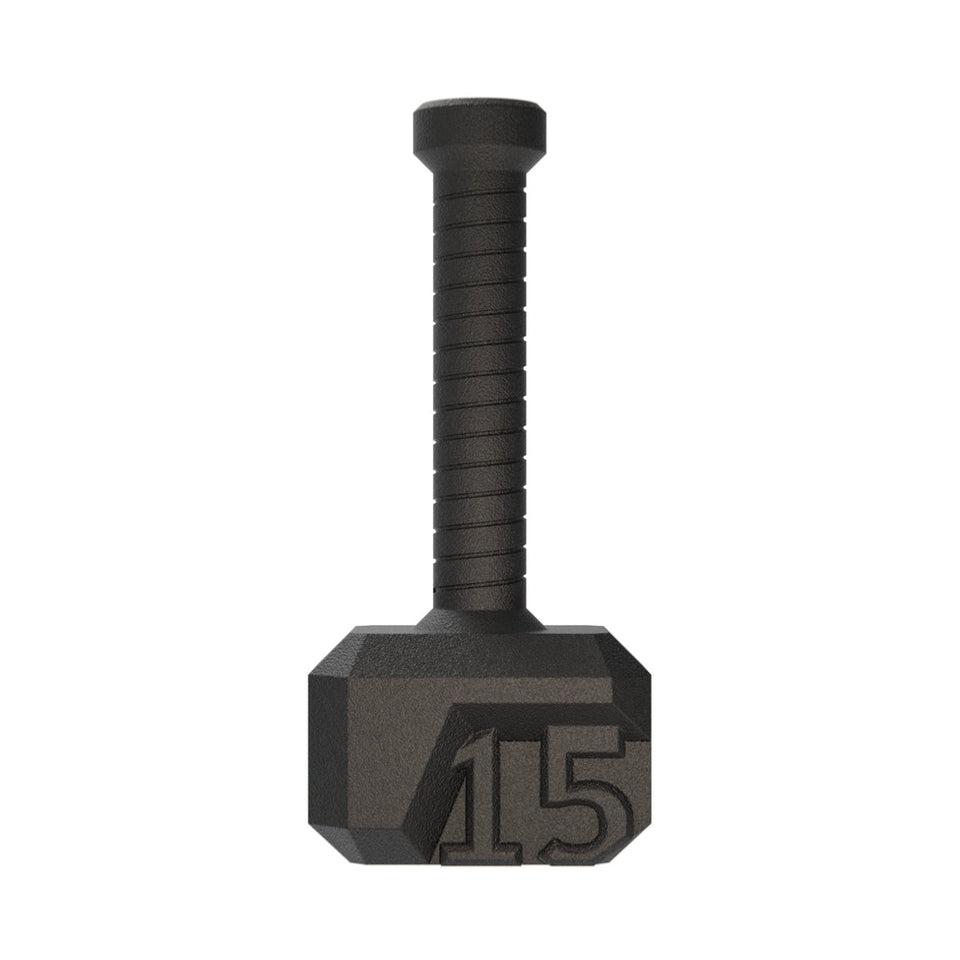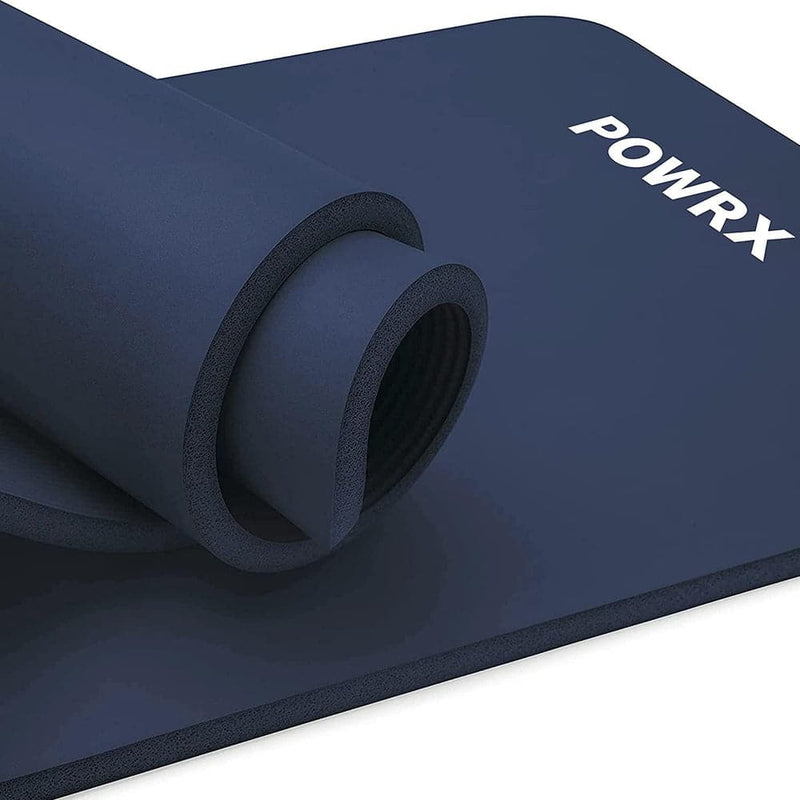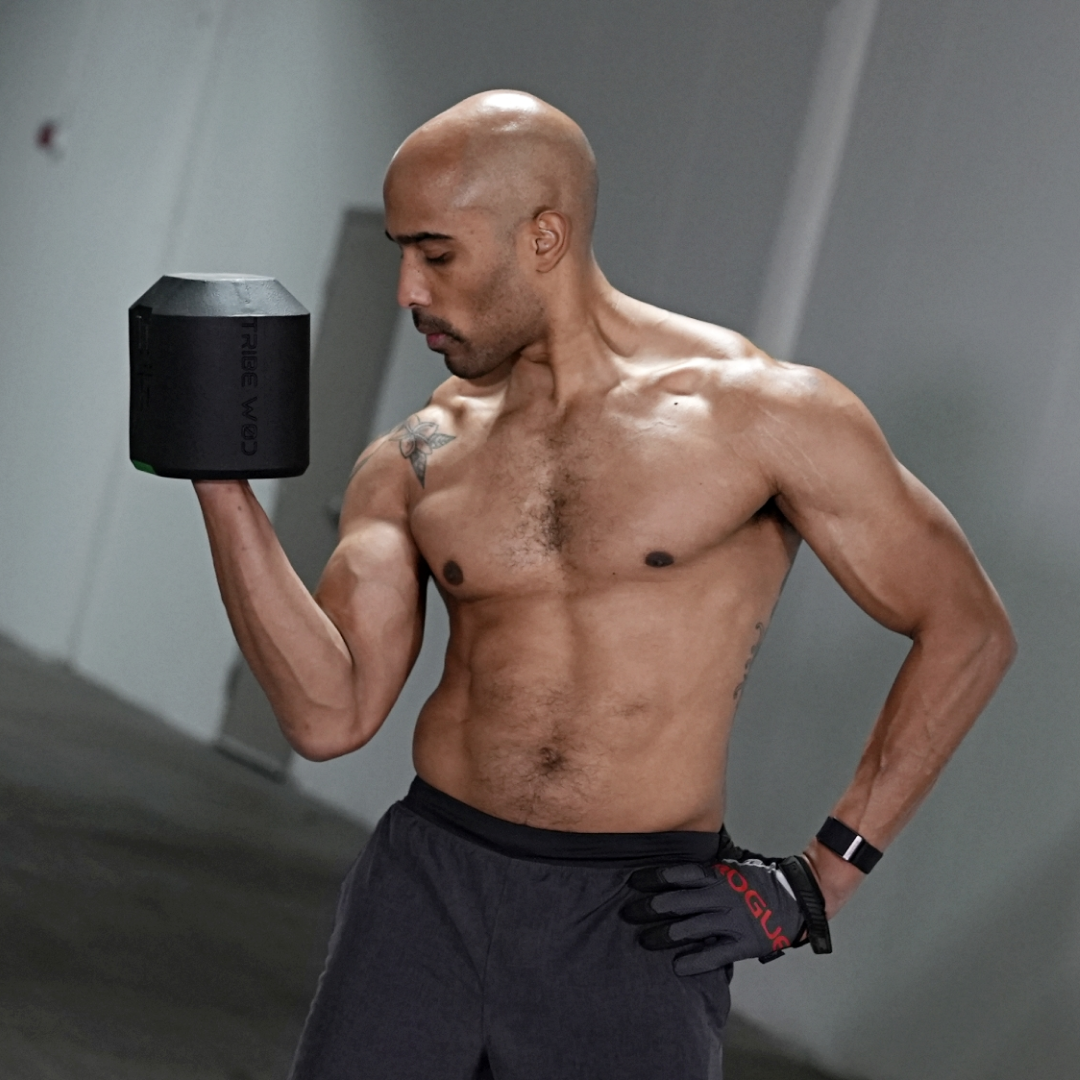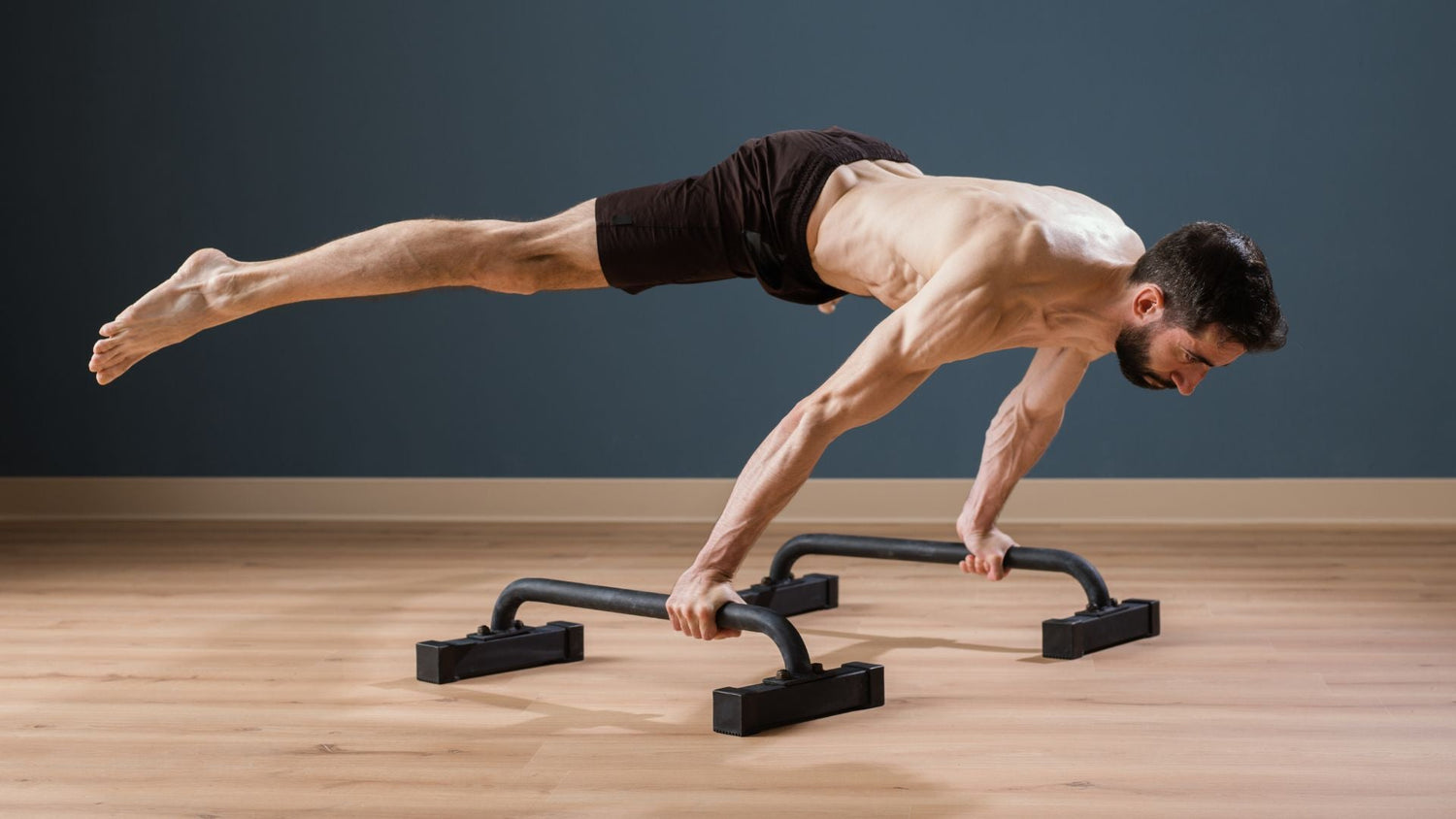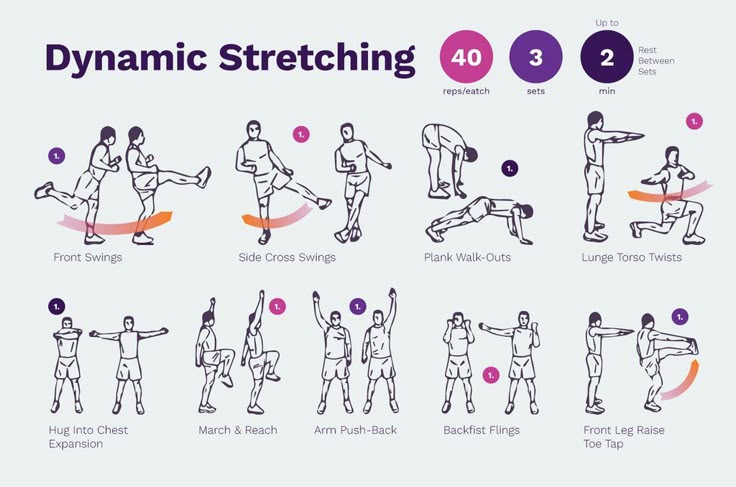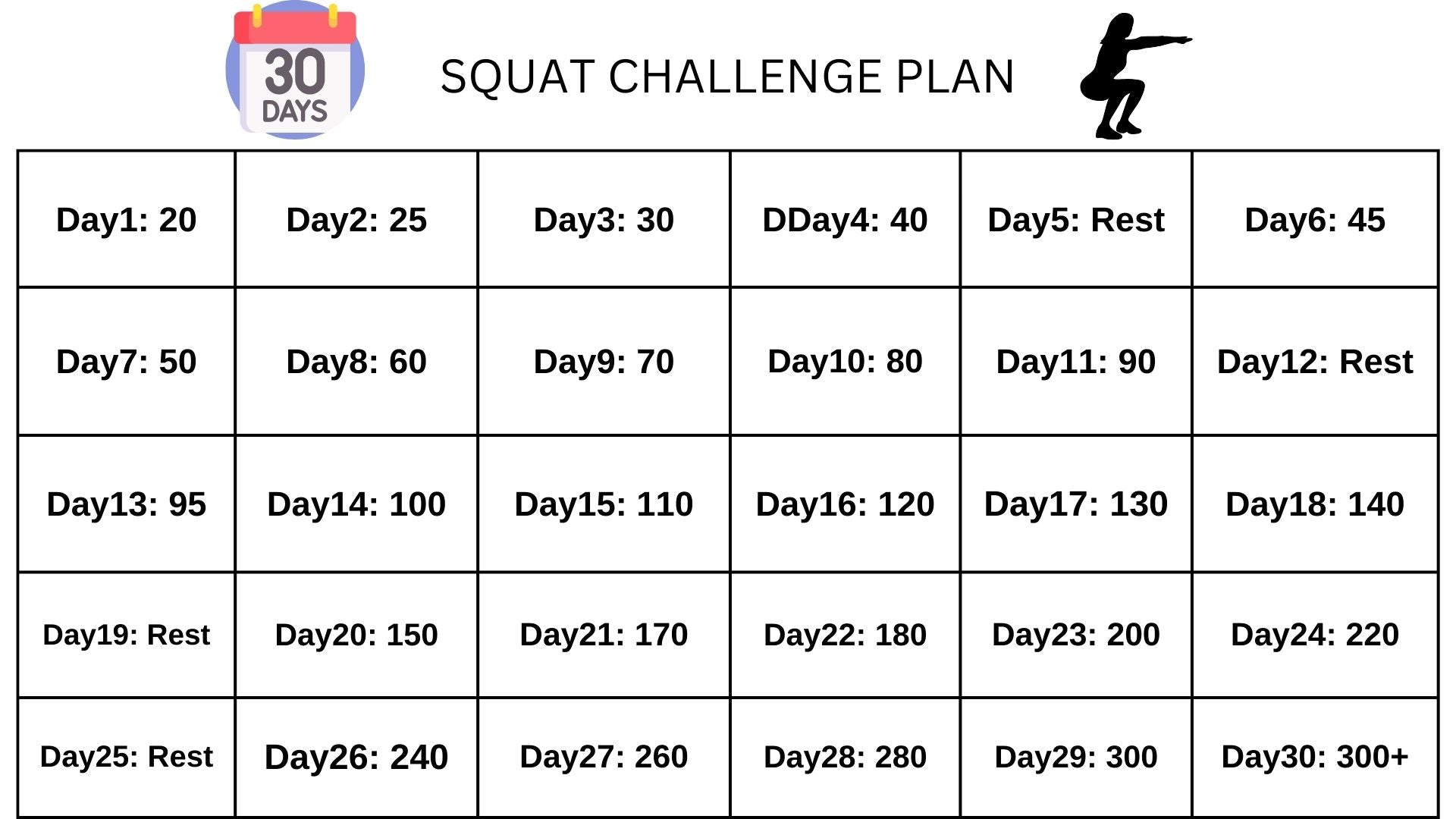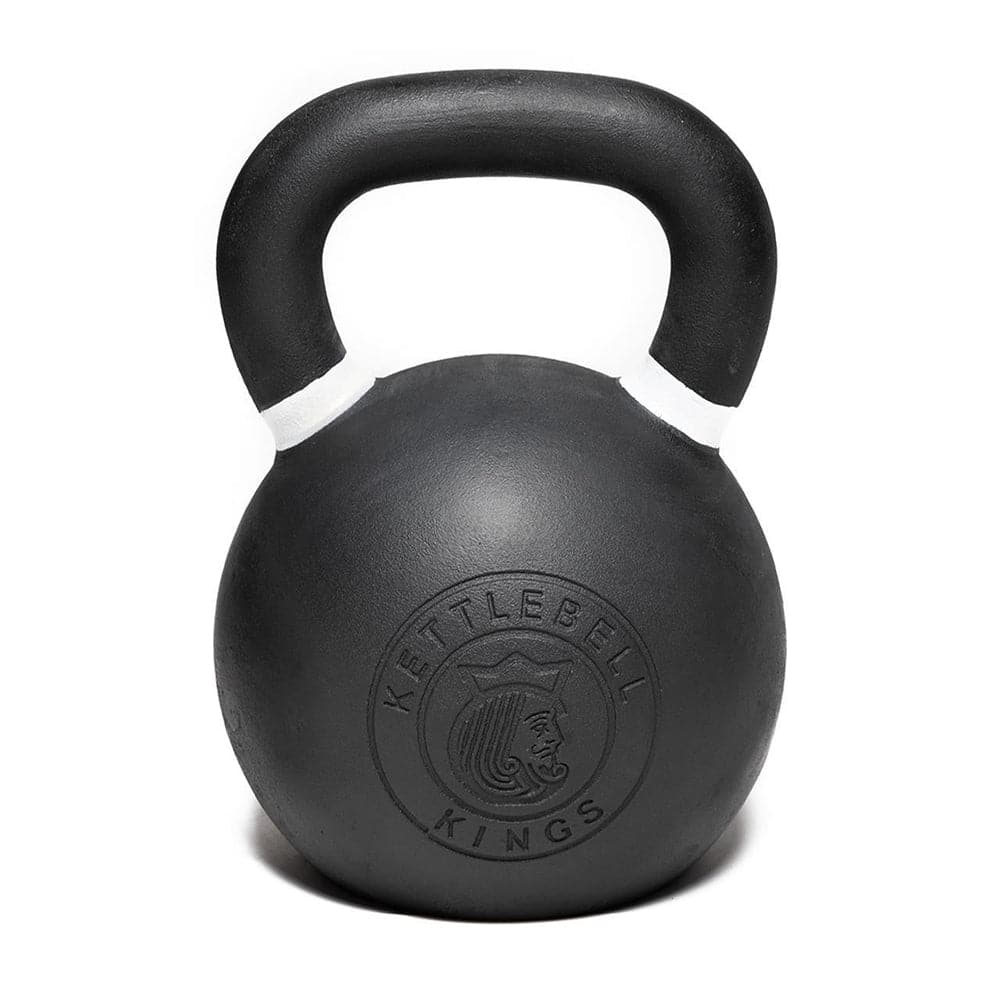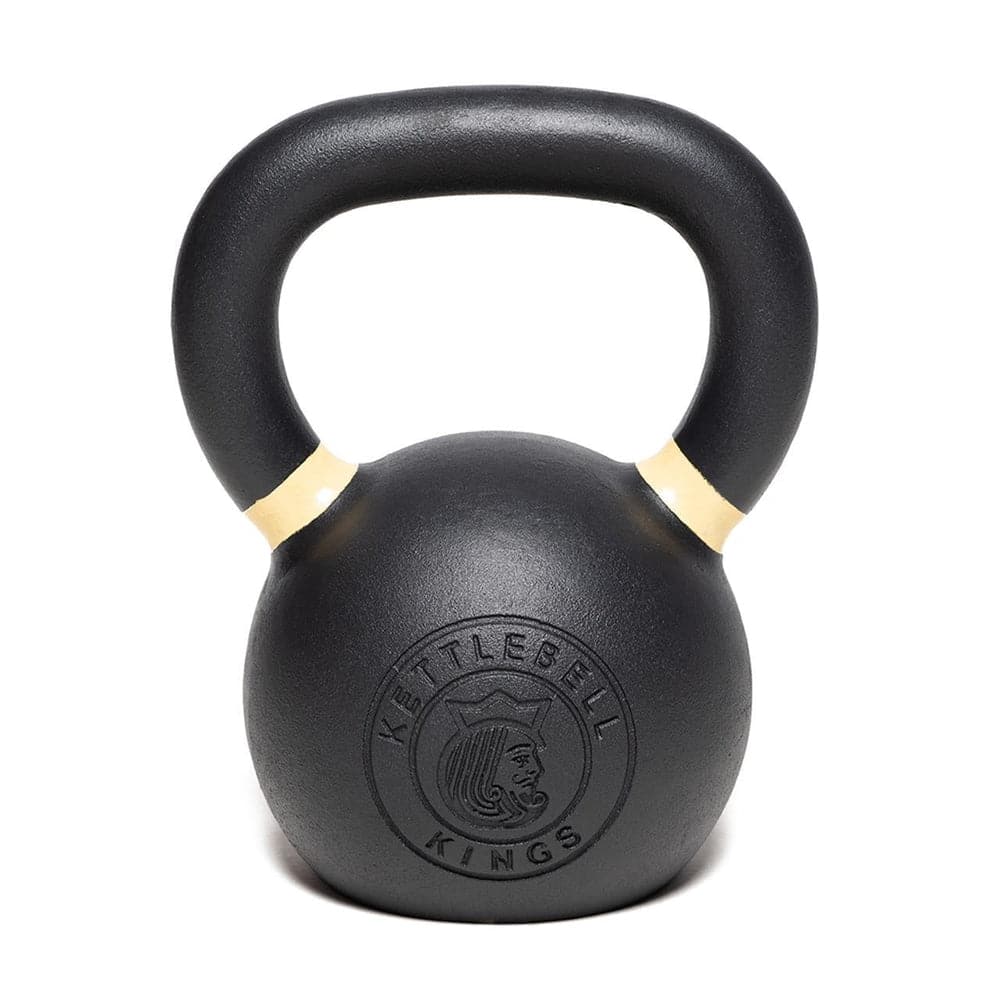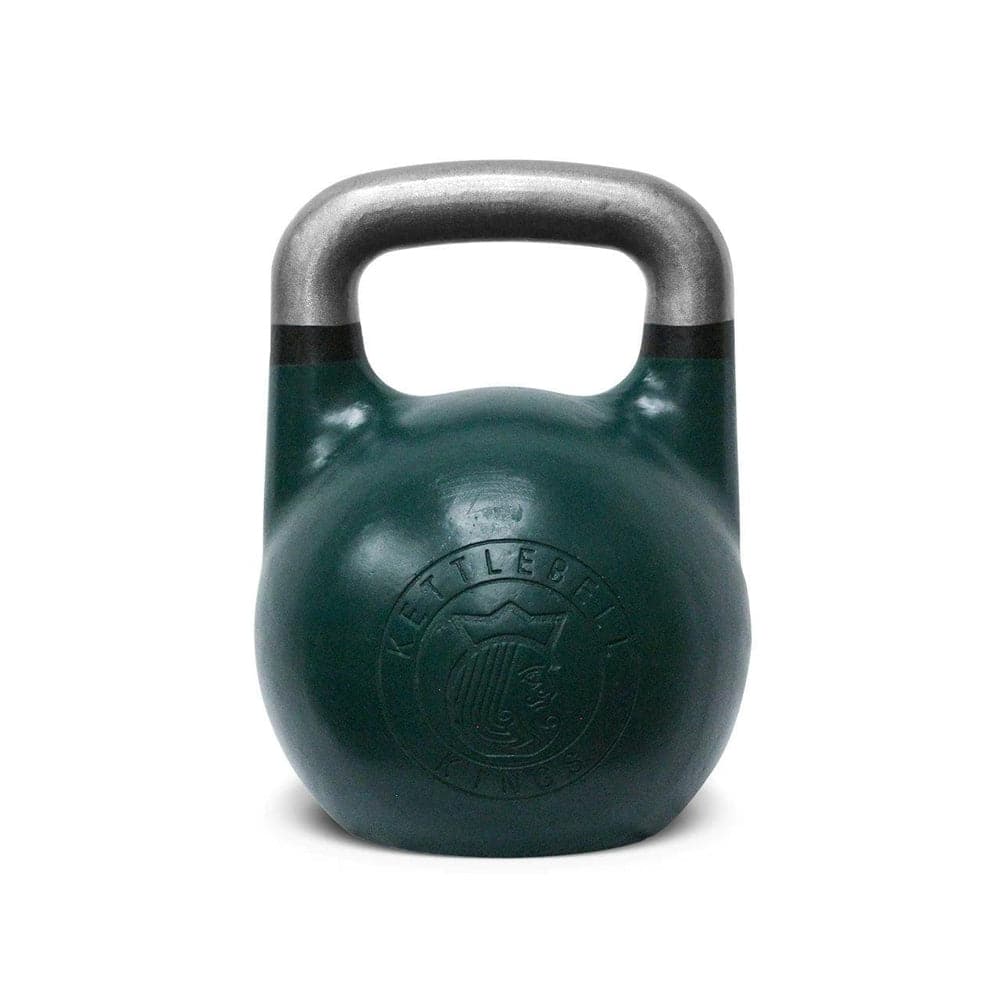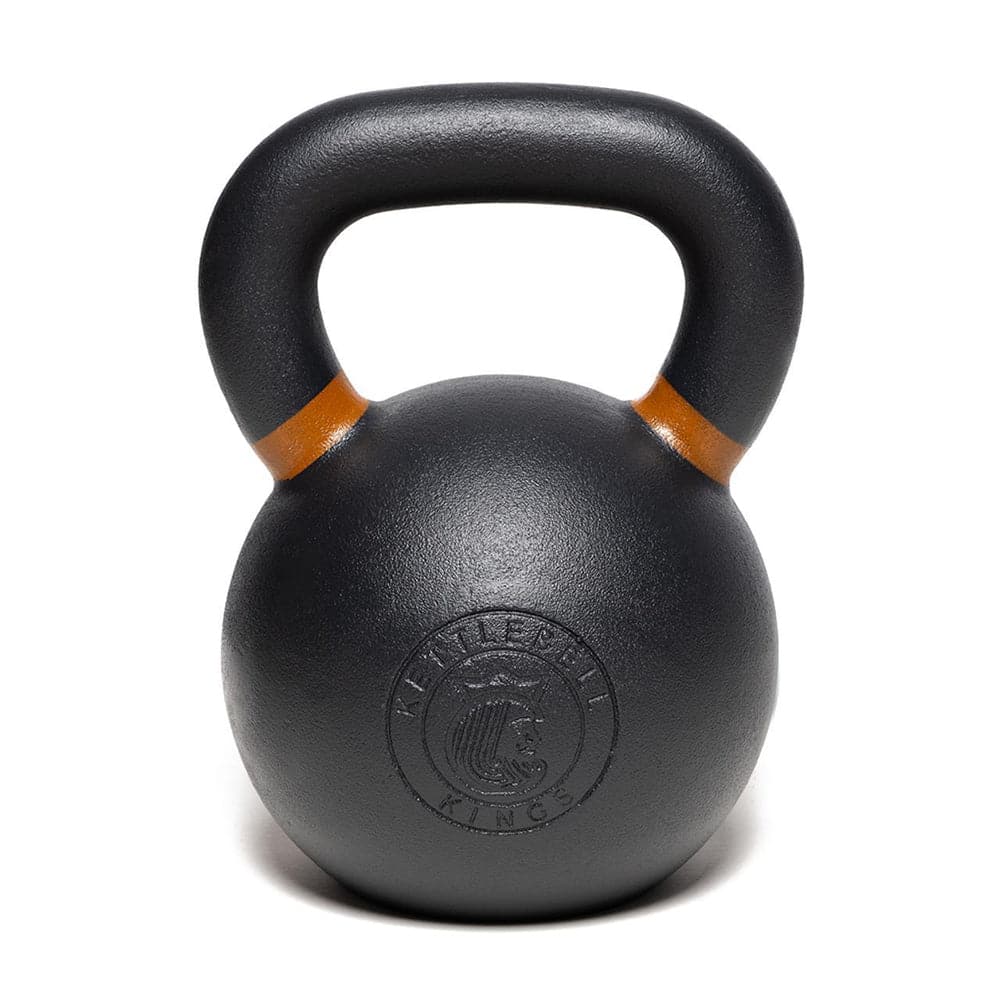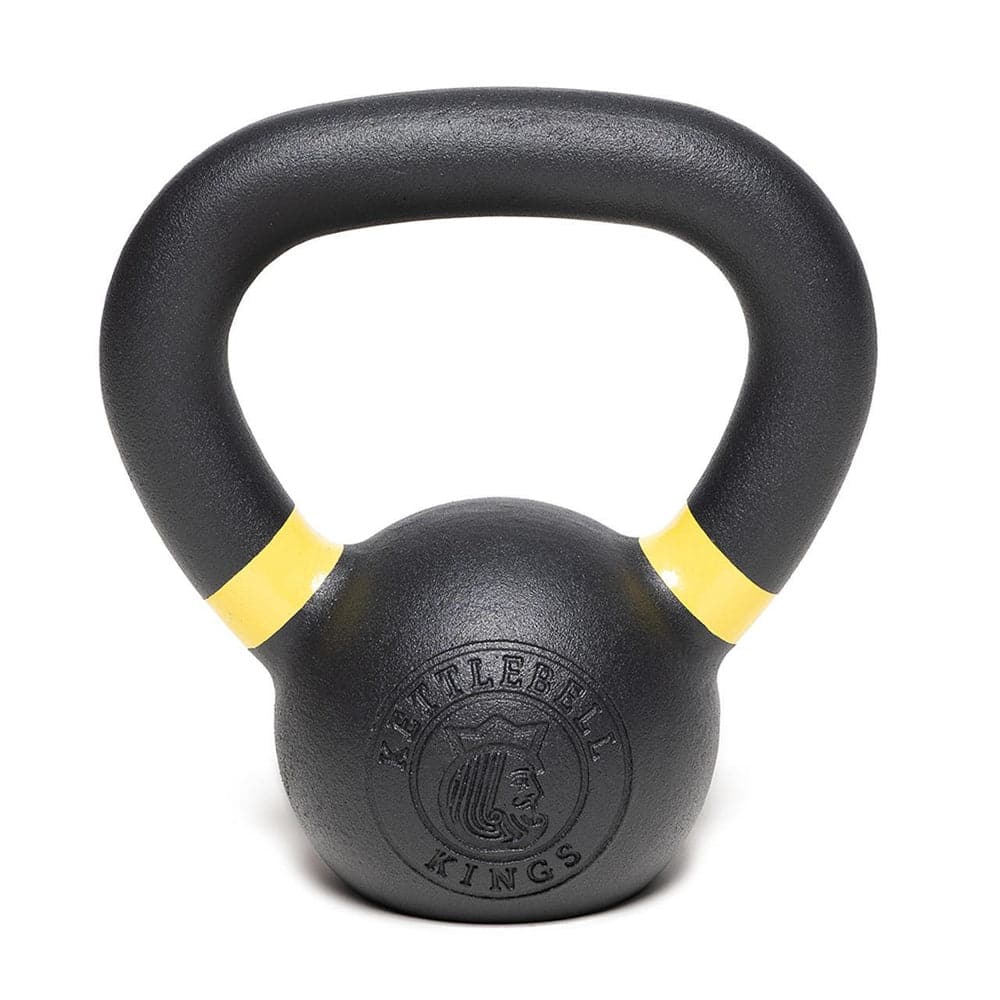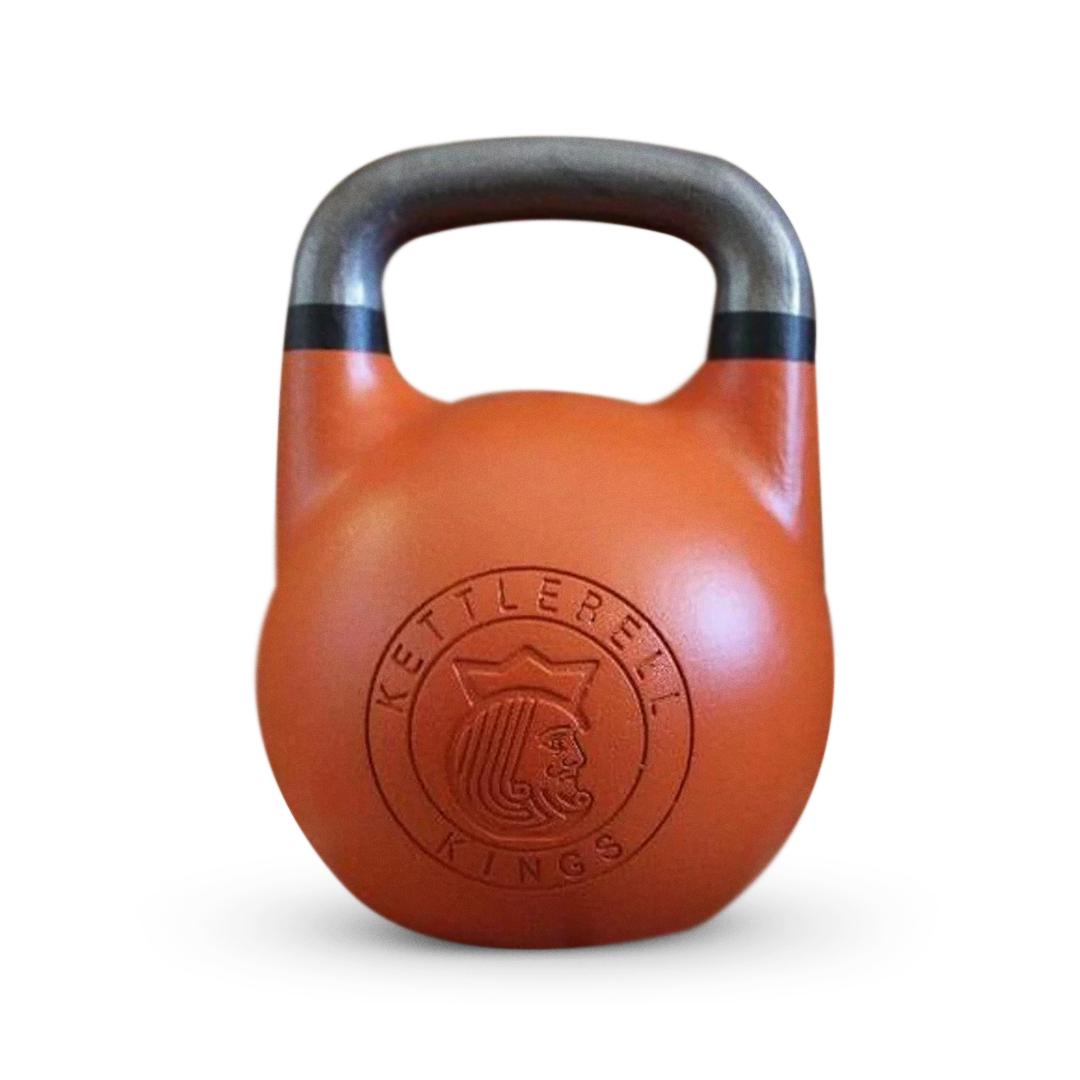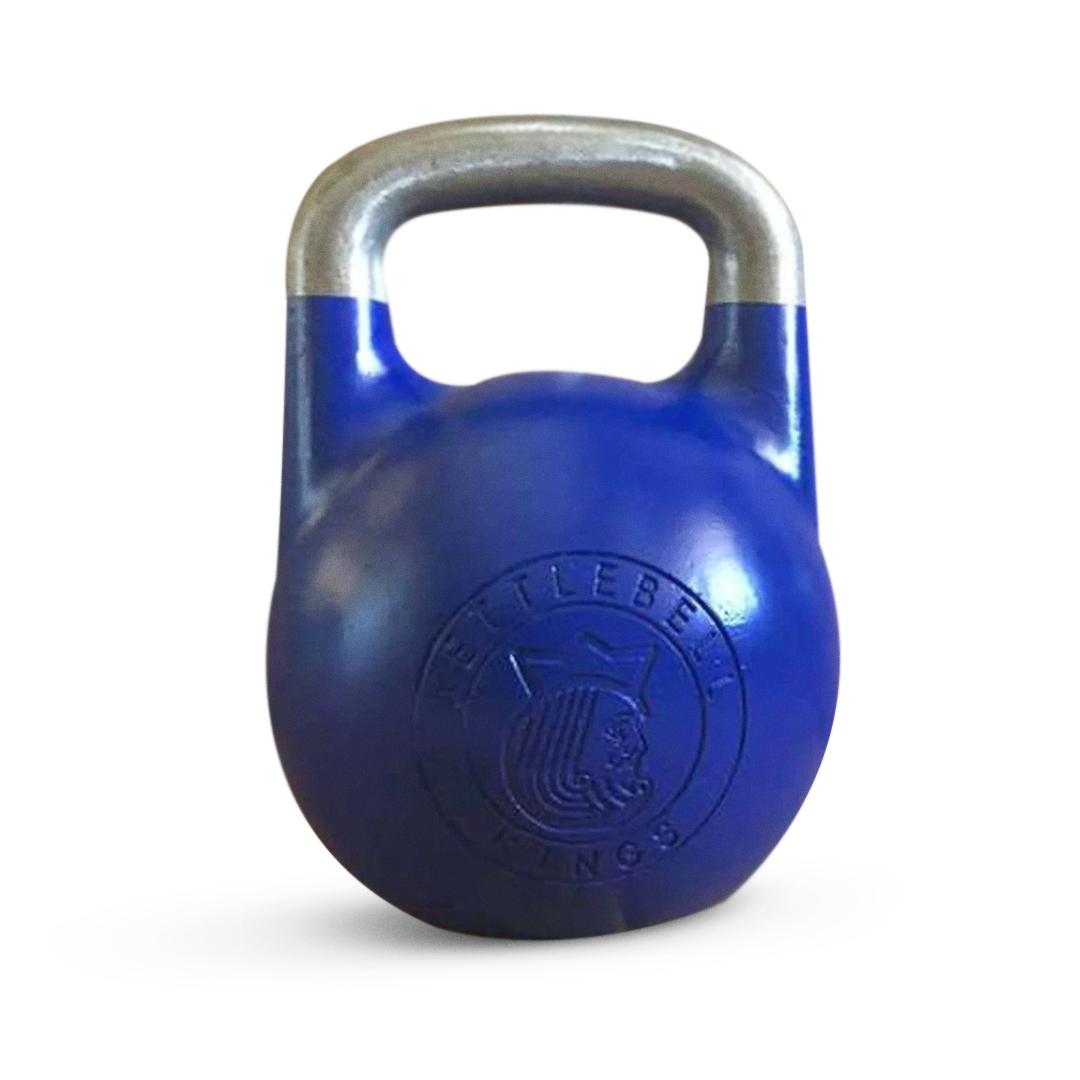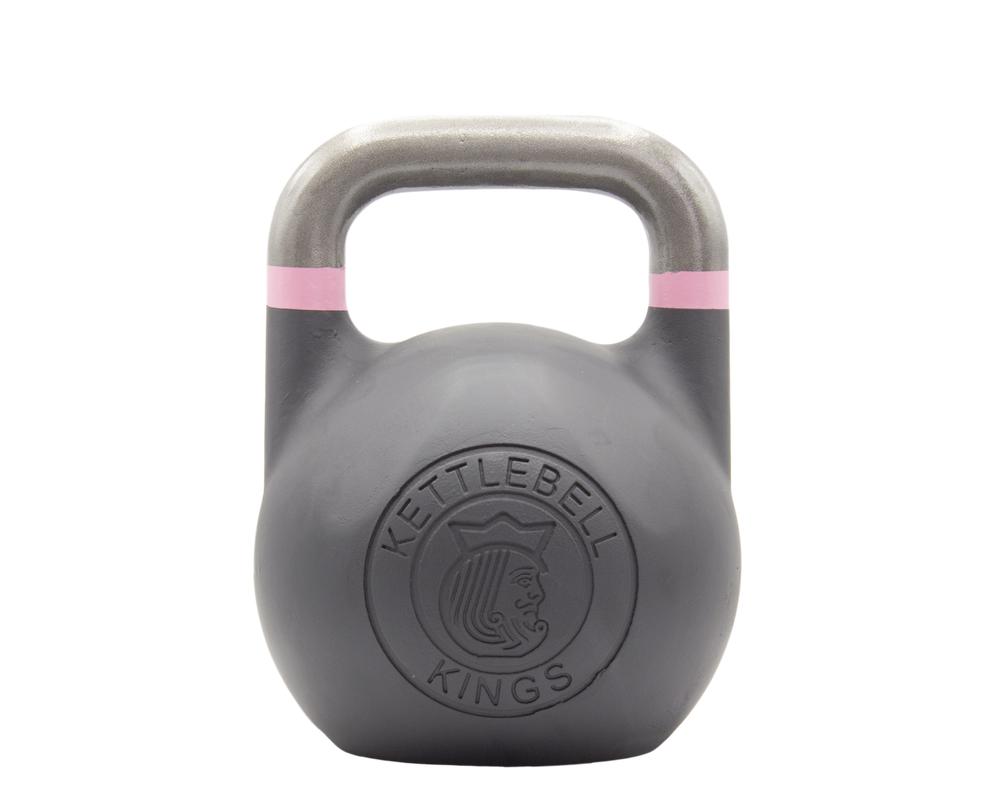Calisthenics is a form of bodyweight training that enhances strength, endurance, flexibility, and control. Unlike weightlifting, it doesn’t require equipment, making it accessible for all fitness levels. Practiced for centuries, it builds functional strength, improves mobility, and enhances coordination through dynamic, full-body movements. Exercises like push-ups, pull-ups, squats, and planks engage multiple muscle groups, promoting overall fitness while reducing injury risk.
Calisthenics is scalable, allowing beginners to progress gradually while challenging advanced athletes with movements like muscle-ups and planches. Its versatility makes it a sustainable, effective workout method for lifelong fitness.
Benefits of Calisthenics Training
Calisthenics offers numerous evidence-based advantages that make it an excellent choice for fitness enthusiasts of all levels:
1. No Equipment Needed
Calisthenics can be performed anywhere without the need for weights or gym machines, making it ideal for home workouts.
2. Improves Functional Strength
Since calisthenics exercises engage multiple muscle groups at once, they improve real-world strength and athletic performance.
3. Enhances Mobility and Flexibility
Movements like squats, lunges, and push-ups improve flexibility and joint mobility, reducing the risk of injuries.
4. Scalable for All Fitness Levels
Exercises can be modified to suit beginners or advanced athletes by adjusting the difficulty level, intensity, and progression.
5. Supports Fat Loss and Muscle Growth
High-intensity calisthenics workouts increase calorie burn while promoting lean muscle mass, making them effective for fat loss and body recomposition.
Essential Bodyweight Exercises for Full-Body Training
Mastering the following foundational exercises will build the strength and skill necessary for more advanced movements:
1: Push-Ups (Variations for Beginners to Advanced) – Strengthen chest, shoulders, and triceps with variations like incline, decline, diamond, and explosive push-ups.
How To Do:
- Start in a high plank position with hands shoulder-width apart.
- Lower your chest to the ground while keeping elbows at a 45-degree angle.
- Push back up to the starting position.
-
Variations: Incline (easier), decline, diamond, and explosive push-ups (advanced).

2: Dips (Bench Dips, Floor Dips) – Build triceps, shoulders, and chest strength using body weight while improving stability and control.
How To Do:
- Sit on a bench and place hands shoulder-width apart on the edge.
- Extend legs forward and lower your body by bending elbows to 90 degrees.
- Push back up to starting position.
- Floor dips: Sit with knees bent, hands behind, and push hips up and down.

3. Plank Variations – Strengthen core, shoulders, and endurance with forearm, side, and extended planks for stability and control.
How To Do:
- Start in a forearm or high plank position with a straight body.
- Keep core tight and glutes engaged while maintaining a neutral spine.
- Variations: Side plank, extended plank, and plank with shoulder taps.

4: Squats (Air Squats, Jump Squats, Pistol Squats) – Develop leg strength, endurance, and balance while improving flexibility and mobility.
How To Do:
- Stand with feet shoulder-width apart.
- Lower hips down while keeping chest up and knees aligned.
- Push back up through your heels.
5: Lunges (Static, Walking, Jumping) – Strengthen legs, glutes, and core with variations to enhance balance, coordination, and stability.
How To Do:
- Step forward with one leg, lowering hips until both knees form 90-degree angles.
- Push through the front heel to return to the starting position.
- Variations: Walking lunges (alternate steps), jumping lunges (explosive jumps).

6: Glute Bridges – Activate and strengthen glutes, hamstrings, and lower back by lifting hips off the ground while engaging the core.
How to do:
- Lie on your back with knees bent and feet flat on the ground.
- Press through heels and lift hips upward, squeezing glutes at the top.
- Lower back down slowly and repeat.

7: Crunches and Sit-Ups – Improve abdominal strength and endurance by lifting upper body while keeping core engaged and back stable.
How To Do:
- Lie on your back with knees bent and hands behind your head.
- Engage core and lift upper body towards knees for crunches.
- For sit-ups, lift your torso fully until reaching an upright position.

8: Leg Raises – Strengthen lower abs and hip flexors by lifting legs while maintaining a controlled, stable core position.
How To Do:
- Lie flat on your back with legs extended and hands under your lower back.
- Lift legs up while keeping them straight and core engaged.
- Lower slowly without touching the ground and repeat.
9: Hollow Body Holds – Build core stability and endurance by holding a tight, hollow-body position while engaging abs, lower back, and hip flexors.
How To Do:
- Lie on your back with arms extended overhead and legs straight.
- Lift your arms, shoulders, and legs slightly off the ground, keeping lower back flat.
-
Hold the position while engaging the core for maximum stability.
How to Progress in Calisthenics
Progression is crucial in calisthenics to continue challenging your muscles and developing new skills. Follow these science-backed progression principles:
1. Master the Basics
Before attempting advanced movements, build a strong foundation with fundamental exercises like push-ups, squats, and planks.
2. Apply Progressive Overload
Increase repetitions, slow down movements, or use resistance bands to add intensity and challenge.
3. Incorporate Skill-Based Training
Gradually progress to advanced movements like muscle-ups, handstand push-ups, and planches.
4. Track Your Progress
Consistently measure your strength gains, endurance, and form improvements to stay motivated and set new goals.
Calisthenics vs. Weight Training
Both calisthenics and weight training offer unique benefits. Understanding their differences can help you choose the right approach for your goals:
|
Aspect |
Calisthenics |
Weight Training |
|
Equipment Needed |
Minimal (pull-up bar, rings, parallel bars) |
Requires weights, machines, and often a gym membership |
|
Movement Patterns |
Primarily compound, multi-planar movements |
Can isolate specific muscles precisely |
|
Progression Model |
Leverage changes, skill acquisition |
Linear weight increases |
|
Skill Component |
High - requires mastery of body control |
Moderate - focuses on technique with external loads |
|
Strength Type |
Emphasizes relative strength |
Emphasizes absolute strength |
|
Hypertrophy Potential |
Good, especially for upper body |
Excellent, more easily scalable |
|
Joint Impact |
Generally lower impact when mastered |
Can place significant stress on joints with heavy loads |
|
Functional Carryover |
Excellent for body control and movement quality |
Excellent for raw strength and power development |
Creating a Calisthenics Workout Plan
Beginner Routine:
-
Push-ups – 3 sets of 10 reps
-
Bodyweight Squats – 3 sets of 15 reps
-
Planks – 3 sets of 30 seconds
Intermediate Routine:
-
Pull-ups – 3 sets of 8 reps
-
Jump Squats – 3 sets of 12 reps
-
Hanging Leg Raises – 3 sets of 10 reps
Advanced Routine:
-
Muscle-ups – 3 sets of 5 reps
-
Pistol Squats – 3 sets of 8 reps per leg
-
Handstand Push-ups – 3 sets of 6 reps
Common Mistakes and How to Avoid Them
Calisthenics is a powerful and versatile form of training that builds strength, endurance, and flexibility using only body weight. However, many people make common mistakes that hinder progress and increase the risk of injury. Here are five key mistakes to avoid:
1. Poor Form and Technique
Mistake: Sacrificing form to complete more reps or attempting advanced movements too soon can lead to inefficiency and injuries.
How to Avoid:
-
Master basic movements like push-ups, pull-ups, dips, and squats with strict form before progressing.
-
Perform exercises in a controlled manner with a full range of motion.
2. Skipping Warm-Ups and Mobility Work
Mistake: Jumping straight into a workout without warming up increases injury risk and limits performance.
How to Avoid:
-
Spend at least 5–10 minutes on dynamic stretches, joint mobility exercises, and light cardio to prepare your body.
-
Incorporate mobility drills like shoulder dislocations, wrist stretches, and deep squats to improve flexibility and prevent stiffness.
3. Lack of Progression and Overtraining
Mistake: Some trainees do too much too soon, leading to burnout, while others stick to the same routine without progressing.
How to Avoid:
-
Follow a structured progression plan, gradually increasing reps, sets, or difficulty.
-
Use progressive overload by incorporating harder variations (e.g., archer push-ups before one-arm push-ups).
4. Ignoring Recovery and Nutrition
Mistake: Not allowing enough rest or neglecting proper nutrition slows muscle growth and increases the risk of injury.
How to Avoid:
-
Ensure 48 hours of rest between intense sessions for the same muscle groups.
-
Prioritize sleep (7-9 hours per night) and hydration.
5. Comparing Yourself to Others
Mistake: Many people get discouraged by comparing their progress to advanced athletes, leading to frustration and demotivation.
How to Avoid:
-
Focus on your personal growth and set realistic goals.
-
Track your progress through workout logs and celebrate small victories.
Frequently Asked Questions:
-
Is calisthenics suitable for beginners?
Yes! Calisthenics is scalable, allowing beginners to start with basic movements and progress gradually. -
Can I build muscle with calisthenics?
Absolutely! By applying progressive overload and increasing difficulty, you can build strength and muscle effectively. -
Do I need any equipment for calisthenics?
No equipment is required, but pull-up bars or parallel bars can help add variety and challenge to workouts. -
How often should I train calisthenics?
Aim for 3–5 sessions per week, allowing rest days for recovery and muscle growth.

